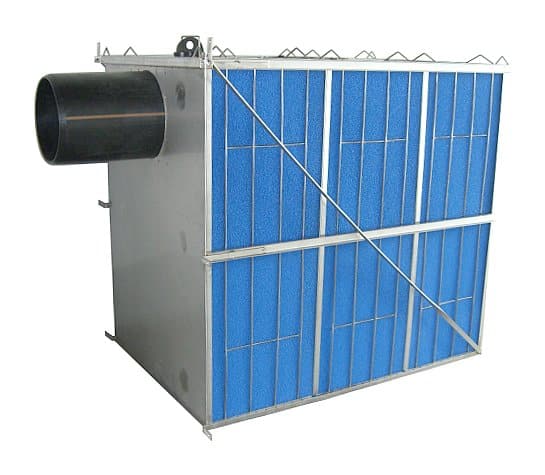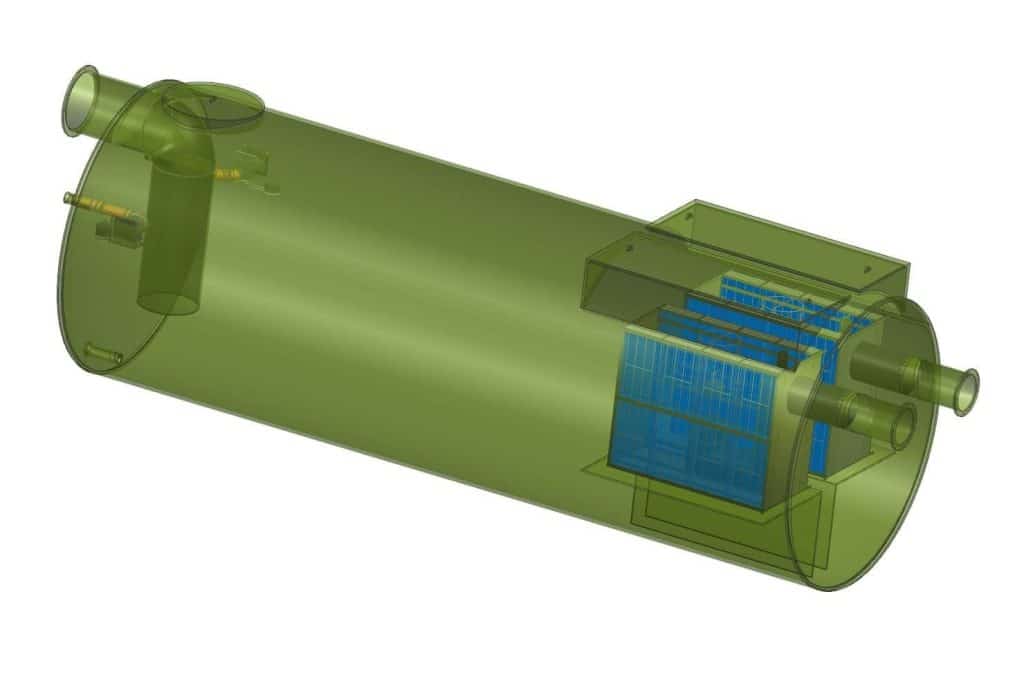Have you thought about What Materials Are Best for Below Ground OWS? or how the materials in below ground oil water separators (OWS) affect our water? The right materials are key to keeping our water clean. They help remove harmful substances like oil and sand before they reach our sewers.
Choosing the best materials is crucial for both efficiency and following environmental laws. Different materials, like fiberglass, high-density polyethylene (HDPE), and stainless steel, have their own benefits. They make underground tanks last longer and work better, protecting our environment.
In places like Illinois, where rules are strict, picking the right material is very important. It can help your facility stay in line with laws and reduce its impact on the environment.
Key Takeaways
- Choosing the right materials is essential for the efficiency of below ground OWS systems.
- Corrosion-resistant materials like fiberglass, HDPE, and stainless steel enhance durability.
- Illinois regulations require OWS systems to meet strict environmental standards.
- Freytech Inc. provides advanced OWS solutions with superior separation capabilities.
- Effective material selection aids in compliance with the US EPA’s Clean Water Act.
Understanding Below Ground Oil Water Separators
Below ground oil water separators (OWS) are key in many industries. They keep oil and grease out of water. This helps protect our groundwater and rivers.
These systems use gravity and differences in density to clean water. Knowing how they work helps us use and care for them better.
Definition and Purpose
A below ground oil water separator is a treatment device. It separates oil and water. It uses gravity to let water flow while oil floats to the top.
This is important for following environmental rules and keeping water clean.
Key Components of OWS Systems
The success of below ground oil water separators depends on a few important parts. These include chambers, coalescing plates, and places for maintenance. Coalescing plates help by merging small oil droplets into bigger ones.
This makes it easier for oil to rise to the surface. The design helps meet the standards set by regulations.
Importance of Material Selection for OWS
The materials used in below-ground oil water separators greatly affect their performance and lifespan. Choosing the right materials ensures these systems work well and last longer. For example, fiberglass is great because it doesn’t corrode easily. This makes the systems more efficient and durable over time.
Impact on Efficiency and Longevity
What materials are used in OWS systems impacts how well they work. Using the right materials helps achieve cleaner water discharge. This is crucial for meeting environmental standards. Also, durable materials mean less need for repairs, keeping the systems running smoothly.
Regulatory Compliance Considerations
Following rules for oil water separators is key when picking materials. Standards like MEPC 107(49) require certain features to prevent tampering and ensure proper water use. The materials must handle the system’s demands and meet strict discharge limits. This is vital to keep the water clean and protect the environment.
Recommended Materials for Below Ground OWS
Choosing the right materials for below ground oil water separators is key. It ensures they work well and last long. The right materials help these systems run smoothly and need less upkeep.
High-Density Polyethylene (HDPE)
HDPE tanks are a top pick for below ground OWS. They are light and resist corrosion well. This makes them great for different soil types and conditions.
HDPE tanks can handle tough conditions without losing their shape. This keeps the separator working right.
Stainless Steel
Stainless steel separators are strong and last long. They resist corrosion and can handle very hot or cold temperatures. This makes stainless steel perfect for tough jobs.
It also meets strict safety rules. This ensures it meets many regulations.
Fiberglass Reinforced Plastic (FRP)
In Maryland, FRP is often used in below ground oil water separators. It’s light and doesn’t corrode easily. This makes it strong for underground use.
FRP helps these systems last longer and work better. It’s a big help in keeping OWS systems effective.

Advantages of Enhanced Coalescing Technology
Enhanced coalescing technology is a big step forward in oil water separators. It makes these systems much better at separating oil from water. They can now reach separation efficiencies as low as 5 PPM.
This is way beyond what old systems could do. It means these systems meet or even exceed strict environmental standards.
Achieving 5 PPM Separation Efficiency
These advanced oil water separators can handle different types of oils. They can remove motor oil, diesel, gasoline, and jet fuel from water. This makes them very useful for managing wastewater.
They also help facilities follow the US EPA’s Clean Water Act. This high efficiency supports environmental rules and helps keep our water clean.
Trace Oil Separation Capabilities
This technology is amazing because it can separate oil down to 0.1 PPM. This is very important for industries that have to follow strict environmental rules. It includes mining and petrochemicals.
It keeps water quality high, protecting our natural resources. It also helps equipment last longer by preventing corrosion and buildup.
Freytech Inc.: Leading Provider of OWS Solutions
Freytech Inc. is a top choice for OWS solutions. They offer a wide range of below ground oil water separator systems. Their systems use advanced technology for better separation, with some models reaching 5 PPM hydrocarbon separation. They focus on quality and compliance, using high-quality materials for long-lasting systems.

Overview of Freytech’s Offerings
The company has many OWS systems, like the EcoSorp. It’s great for meeting environmental standards. Freytech also customizes solutions to fit specific needs. Their EcoLine B Series can retrofit tanks, keeping oil separation under 5 PPM for wastewater management.
Contact Information and Support
Need help with OWS solutions? Freytech Inc. has customer support ready to help. Call +1 (305) 372-1104 for expert advice. Freytech is committed to making sure clients get the best oil water separation systems.
Conclusion: Making the Right Choice for Your OWS
Choosing the right materials for Below Ground Oil Water Separators (OWS) is crucial. It affects environmental compliance, efficiency, and durability. Knowing about materials like high-density polyethylene, stainless steel, and fiberglass reinforced plastic is key. This knowledge helps South Carolina organizations follow strict underground storage tank rules.
These rules are to stop leaks and protect our natural resources. They highlight the importance of reliable and effective separation systems.
Also, the design of Below Ground OWS systems, especially gravity-fed ones, can save on maintenance and simplify operations. Businesses looking for solutions that meet standards and support sustainability will find Freytech Inc. a top choice. They offer advanced technologies that ensure high separation efficiency, even as low as 0.1 PPM.
For expert advice on picking the best OWS, contact Freytech Inc. They offer detailed support and custom solutions for top performance and environmental rule compliance. For more details, call Freytech at +1 (305) 372-1104. Start your path to better environmental care today.









